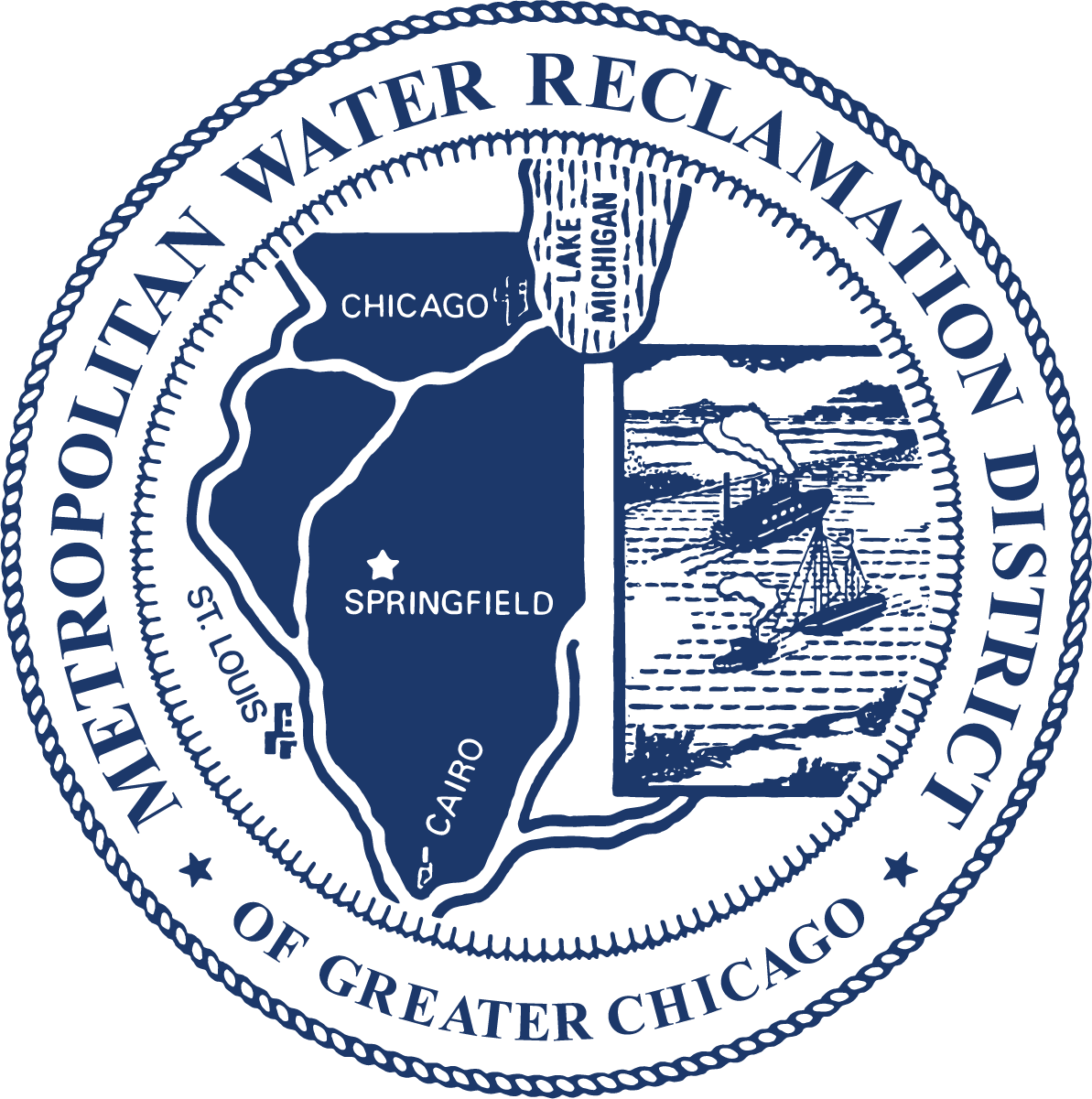Green Infrastructure
Green infrastructure helps reduce flooding and runoff pollution by holding rain water where it falls. While gray infrastructure includes larger, traditional concrete pipes and systems to collect rainfall, green infrastructure uses more natural solutions.
The MWRD partners with municipalities to build green infrastructure throughout the Chicago region. We use several types of green infrastructure at our own facilities and provide resources for homeowners to go green, too!
In less than a decade since the MWRD was given authority to work on local projects, we have helped complete about 100 green infrastructure projects throughout Cook County to capture more than 15 million gallons of stormwater per rain event.
Types of green infrastructure
Examples of green infrastructure:
- Rain barrels
- Native landscaping
- Rain gardens
- Bioswales
- Green roofs
- Permeable (water absorbing) pavement
How it works
Green infrastructure collects and holds rainwater so it doesn't overwhelm the sewer system or run off to rivers and streams. The water can then soak into the ground, be absorbed by plants, or evaporate. Rainwater that is collected in rain barrels can be reused for watering plants or washing cars.
Get started with green infrastructure
You can use green infrastructure at home to help prevent flooding and water pollution. The easiest way to do this is to grow more native plants, which soak up more water than grass. Installing a rain barrel is another great way to get started with green infrastructure.
If you want to capture even more rainwater, see our Green Neighbor Guide for ideas.
Partnerships
The MWRD partners with governmental organizations on green infrastructure projects. Each year we hold a call for projects in which local government organizations pitch their ideas to address stormwater management through green infrastructure. We help pay for construction of green infrastructure and offer engineering expertise for selected projects. Governmental organizations can apply to our Green Infrastructure Partnership Program.
Space to Grow
Through the Space to Grow program, the MWRD partners with the Chicago Public Schools (CPS), Chicago Department of Water Management, Healthy Schools Campaign and Openlands to fund and rebuild CPS schoolyards with green infrastructure. Space to Grow converts Chicago schoolyards into beautiful, vibrant and functional community spaces for physical activity, outdoor learning, environmental education and art engagement, while addressing neighborhood flooding. As of December 2023, the partnership has transformed 34 schools.
Views of the Nathan S. Davis Elementary schoolyard before and after the Space to Grow transformation.
Views of the Eugene Field Elementary schoolyard before and after the Space to Grow transformation.
Green infrastructure at MWRD facilities
Green infrastructure at MWRD facilities helps hold rainwater and allows us to demonstrate and test the technology at work. At our water reclamation plants, we have planted rain gardens and tested the effectiveness of three different types of pavement to determine how parking surfaces can best absorb rainwater. Some green infrastructure highlights at our facilities include:
- The largest rain garden in Illinois at our Stickney Water Reclamation Plant.
- Permeable pavement parking lots at our Stickney and Egan water reclamation plants.
- Over 50 acres of native prairie landscaping at our Water Reclamation Plants.
- Green roofs at Racine Avenue Pumping Station and Stickney Water Reclamation Plant.


Green Infrastructure Partnership
Local government organizations can apply to help pay for the construction of green infrastructure.
UIC Green Infrastructure Project
The MWRD’s green infrastructure project at Arthington Mall Plaza at the University of Illinois at Chicago features 37,000 square feet of permeable pavement, new seating, native plants and rain gardens.
La Grange Park
With support from the MWRD the village of La Grange Park converted three intersections along Monroe Avenue into permeable surfaces. The project reduces the load on the sewer system and will complement plans to separate additional sewer systems to divert water to nearby Salt Creek.








